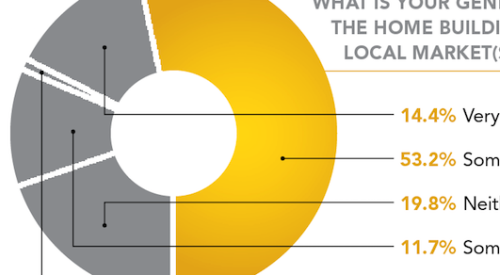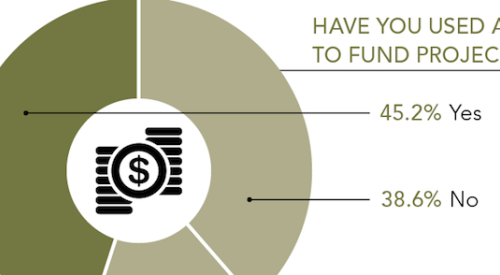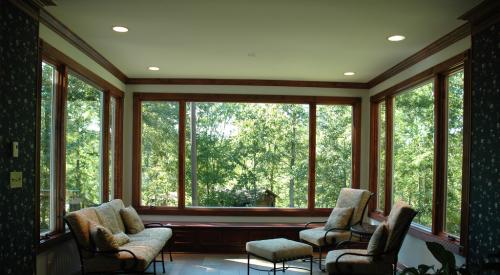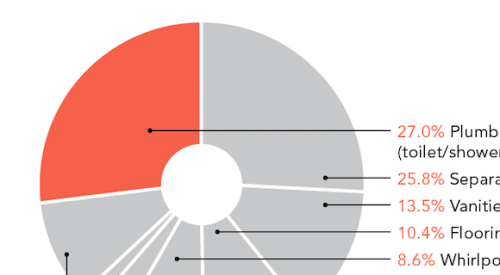Economic growth during the third quarter was certainly good news for housing, and the overall economy as the final estimate of gross domestic product (GDP) growth from the Bureau of Economic Analysis was a 5 percent seasonally adjusted annual growth rate, up from earlier estimates of 3.5 and 3.9 percent.
As of the 2014 third quarter, housing’s share of GDP was 15.2 percent, with home building and remodeling yielding 3.1 percentage points of that total. Housing-related activities contribute to GDP in two basic ways, first through residential fixed investment (RFI). RFI measures the contributions of home building and remodeling by including construction of new single-family and multifamily structures, residential remodeling, production of manufactured homes, and brokers’ fees. RFI was 3.1 percent of the economy in the second quarter and reached a $500 billion annualized pace, but that figure is down from the historical average of contributing about 5 percent of GDP.
Housing’s second impact on GDP is the measure of housing services, which includes gross rents (including utilities) paid by renters, and owners’ imputed rent (an estimate of how much it would cost to rent owner-occupied units) and utility payments. The inclusion of owners’ imputed rent is necessary from a national income accounting approach because without this measure, increases in homeownership would result in declines for GDP. For the second quarter, housing services were 12.2 percent of the economy, which was within the historical range of generating 12 to 13 percent of GDP.
Who Thinks Getting a Mortgage Is Easy?
A natural question to ask when assessing the prospects for home buying is: How easy is it for households to obtain a mortgage?
The Federal National Mortgage Association, or Fannie Mae, uses two surveys to shed light on this question: the Housing Survey, which asks the general population for its view on the ease of obtaining a mortgage, and the newly created Mortgage Lender Sentiment Survey of mortgage lenders.
According to Fannie’s Housing Survey, a monthly poll of 1,000 respondents, 48 percent thought it was easy for consumers to get a home mortgage today. Another 47 percent thought obtaining a mortgage was “difficult.” The rest answered “don’t know.”
In contrast, Fannie’s Mortgage Lender Sentiment Survey revealed that only a small share of lender executives believe that getting a home mortgage is “easy” (13 percent of respondents), while 86 percent indicated that obtaining a home mortgage was “difficult.” PB
















